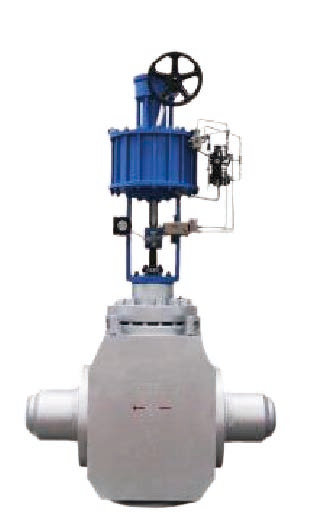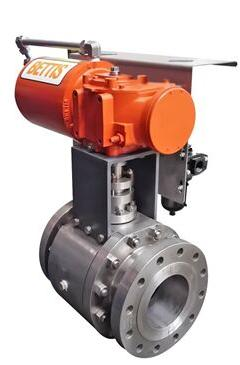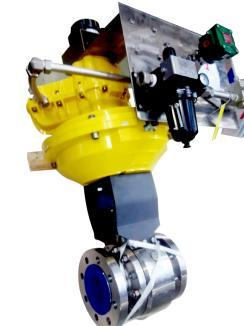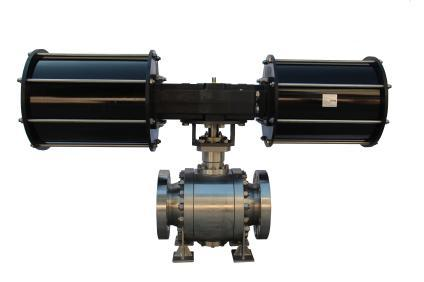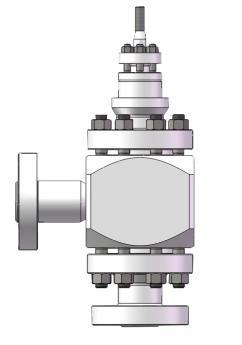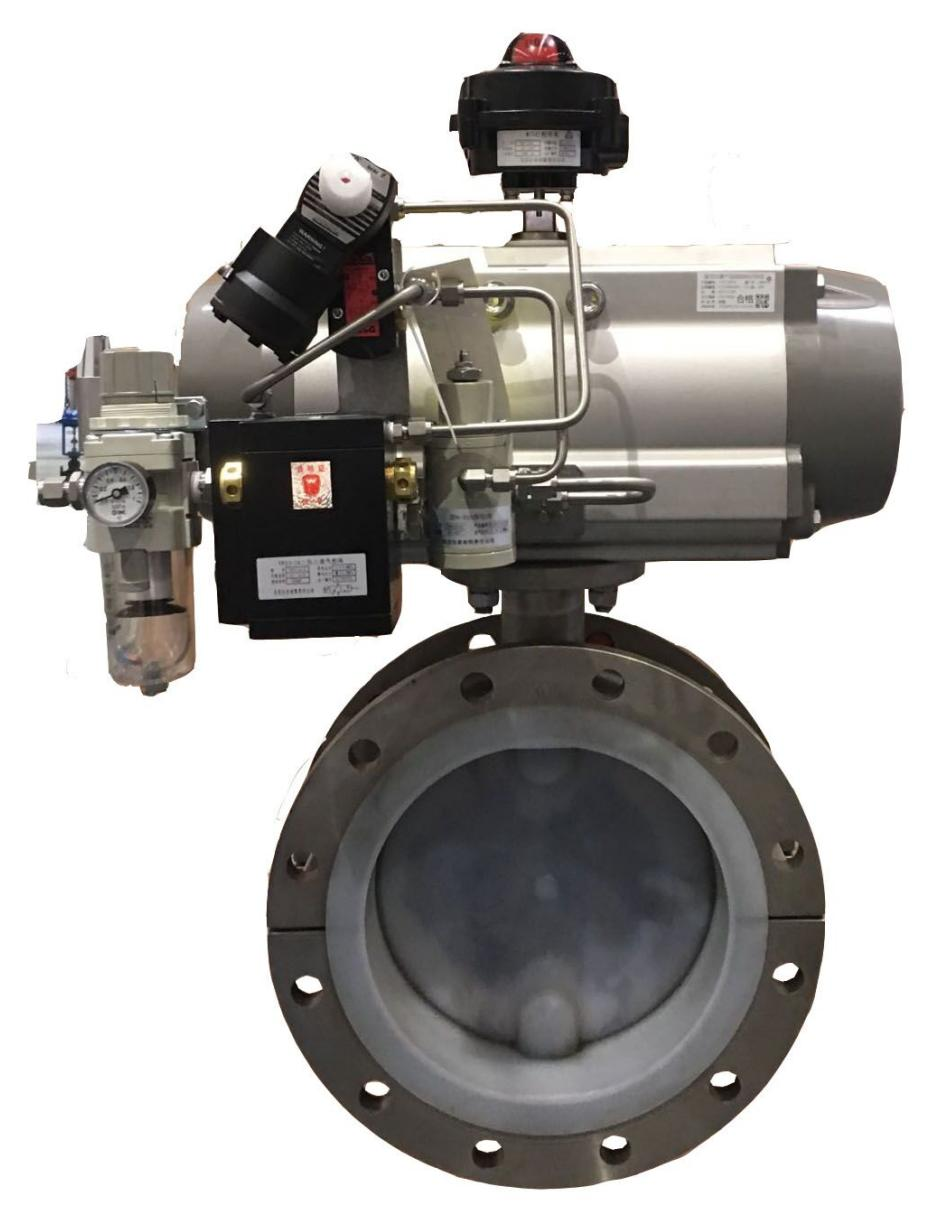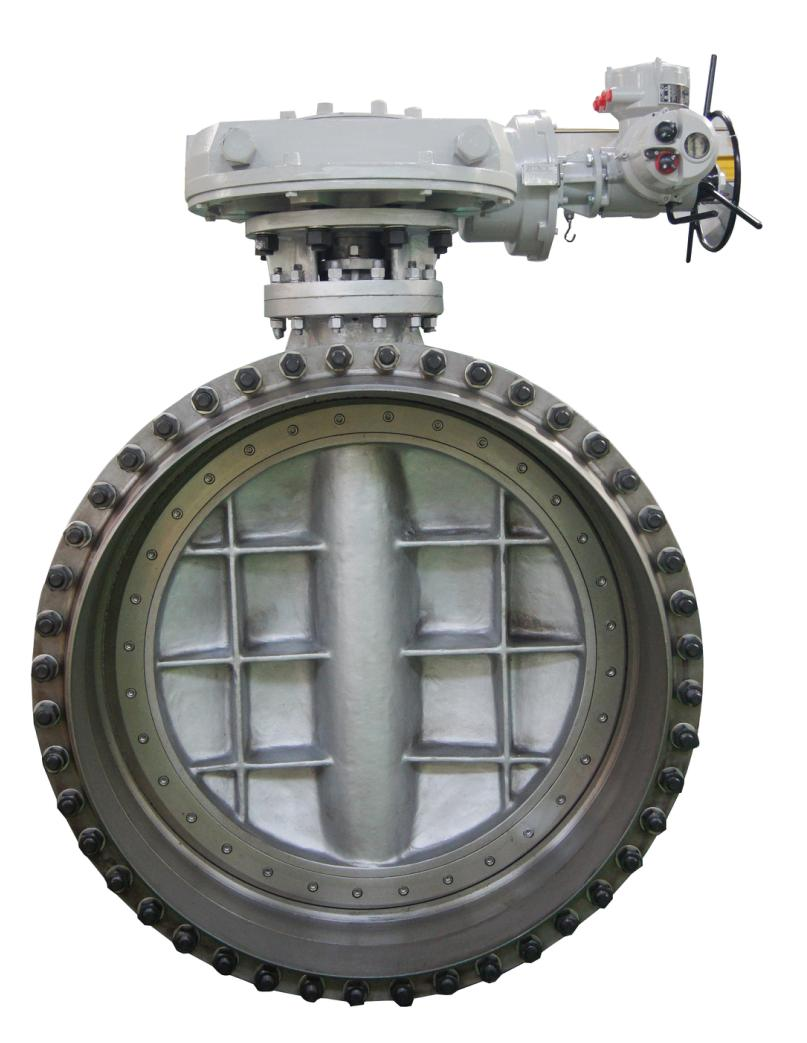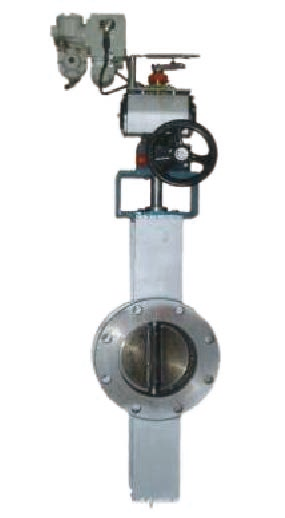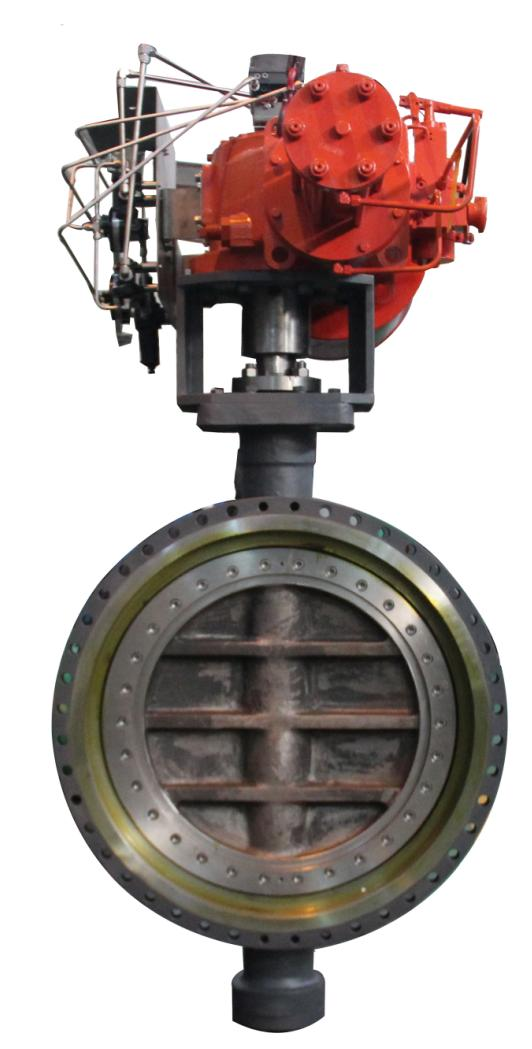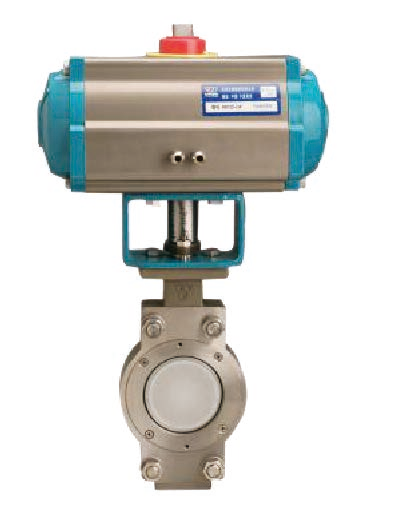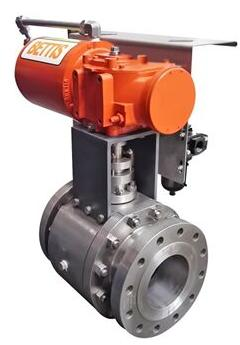Wedoany.com Report-Apr. 2, On a clear winter day, sunshine can fully charge an electric vehicle (EV) and a home battery. Yet, as night falls, the home’s stored energy often dips, prompting the system to pull electricity from the grid—even with unused solar power available. Many EV owners want bidirectional charging, known as vehicle-to-home (V2H), to address this, though it’s not yet a common feature.
Currently, many EVs offer a 230 V socket to power small devices like a vacuum cleaner or camping stove. Homeowners can also use a vehicle-to-load (V2L) adapter to recharge their home battery from the vehicle. However, a more integrated solution is emerging from German startup Energy Island Power, which has created a connection kit to link a solar inverter to the home grid. This setup requires the inverter to sync with the grid, a step not possible without the kit when plugging in the vehicle directly.
In this system, an EV or another 230 V generator connects to the company’s Power Unit 3000. This device adjusts the current, transforming it to mimic the current-voltage traits of a photovoltaic (PV) system. The inverter then directs the power into the home grid or battery, delivering it as single-phase or three-phase alternating current. For inverters equipped with emergency power features, the vehicle can step in during prolonged outages.
If the inverter has an open direct current (DC) input, the Power Unit plugs in directly. If all inputs are in use, a Connect Unit fits between the existing solar string and the Power Unit, linked via MC4 solar connectors. This setup can supply up to 3,000 W of power to the home.
A control unit, placed between the vehicle and Power Unit, manages the system. It activates the connection based on the home battery’s charge level. When the level falls below a set point, the vehicle supplies power until the battery is restored. The control unit is available in two models to suit different needs.
Energy transfer in this process isn’t perfect. Nils Varchmin from Energy Island Power notes: “There’s about a 20% loss from the solar inverter to the vehicle and back.” Still, the kit installs easily, requiring no changes to the existing home setup.
Following thorough lab tests, the product is set to launch in the second quarter of 2025. It will be sold on the company’s website. Whether the kit proves cost-effective will hinge on its final price and how much power users typically draw from their vehicles. This solution offers a practical way to tap into EV energy, enhancing home storage without relying heavily on the grid.
